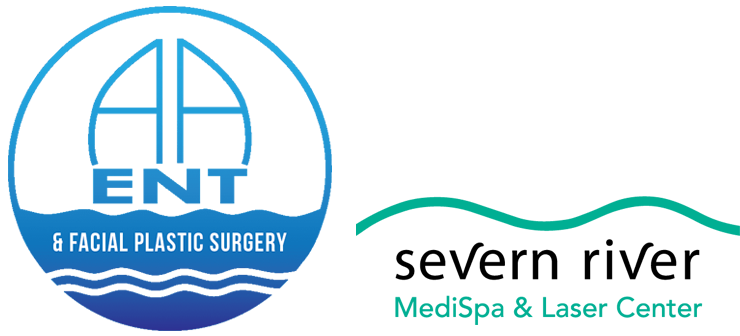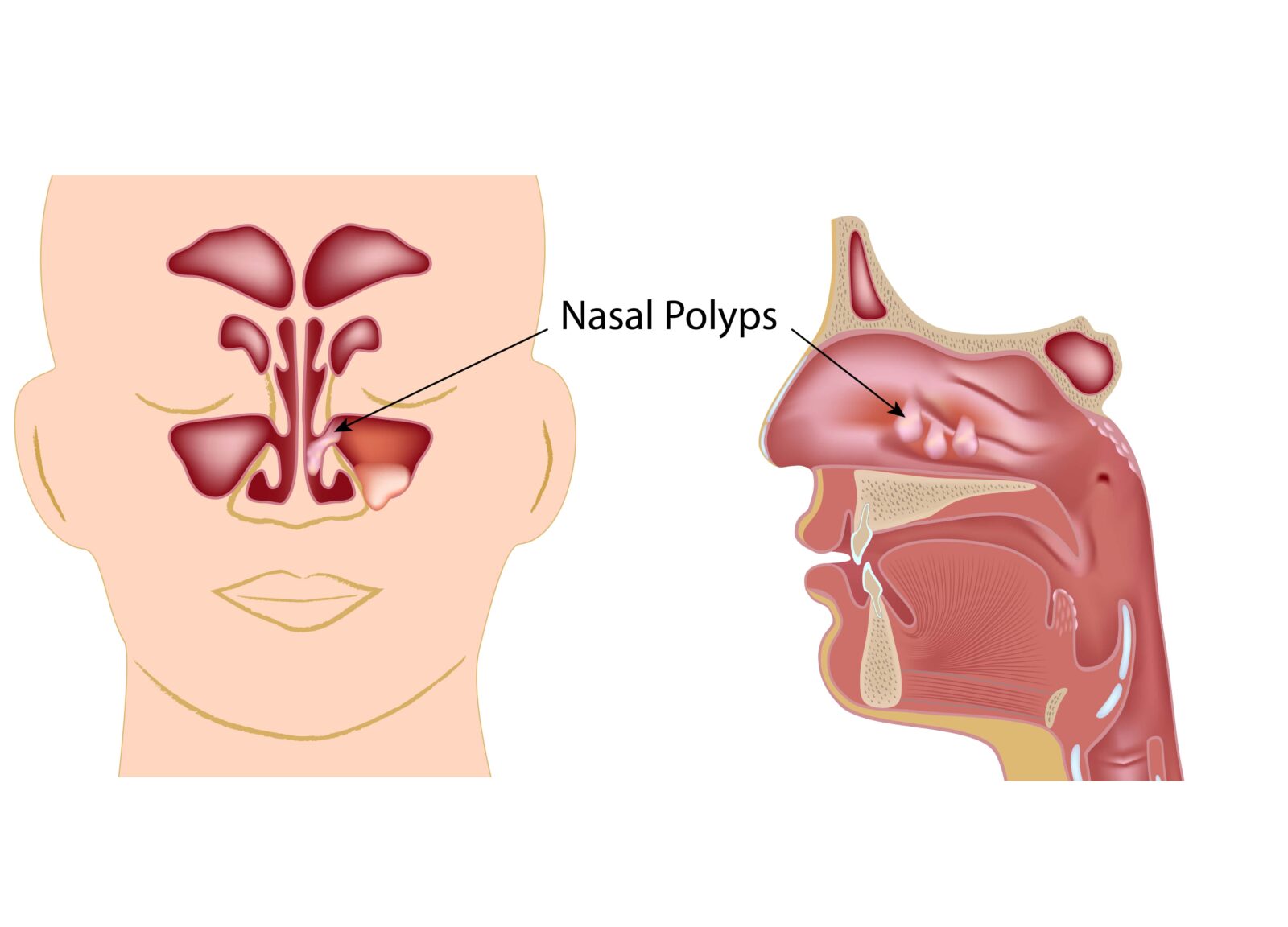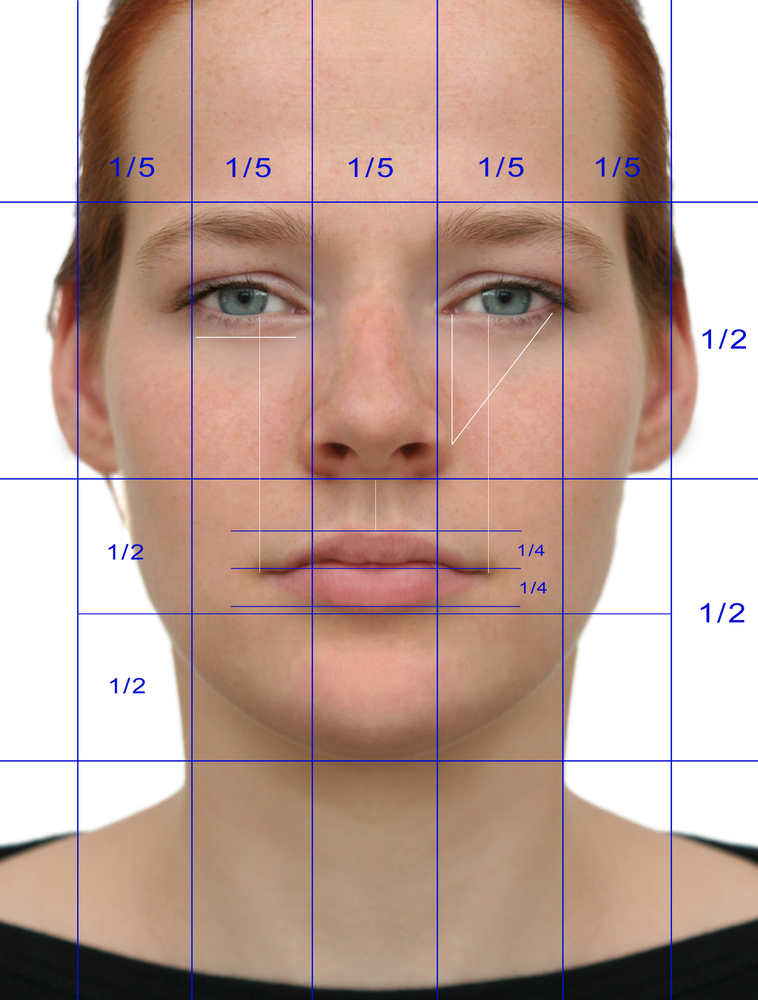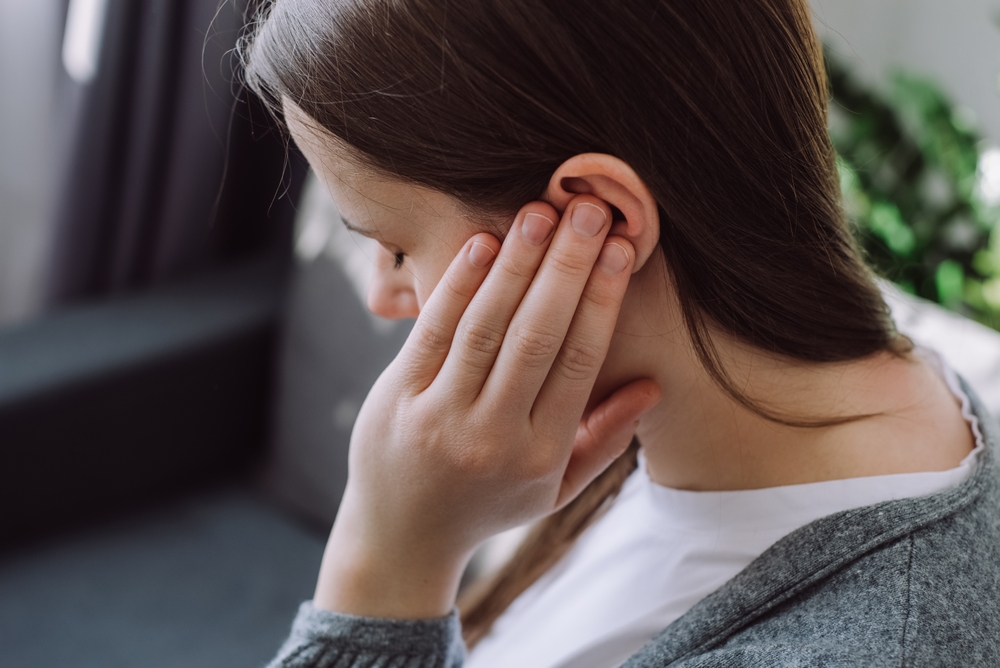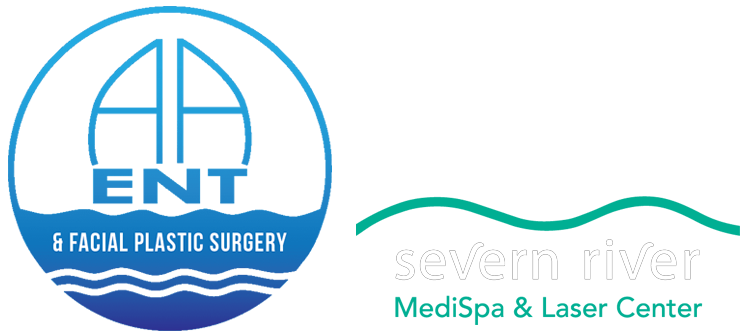Nasal polyps are soft, non-cancerous growths that emerge from the lining of the nasal passages or sinuses. Often resembling teardrop-shaped grapes or small balloons, these benign protrusions are a result of chronic inflammation, frequently associated with conditions such as allergies, chronic sinusitis, asthma, and certain immune disorders. While they might appear harmless, nasal polyps can lead to a range of discomforts, from breathing difficulties to a diminished sense of smell, making it essential to understand their nature, causes, and potential treatments. In this blog, we will delve into the causes, symptoms, and surgical solutions for nasal polyps.
What are Nasal Polyps?
Nasal polyps are soft, painless, non-cancerous growths that develop on the lining of the nasal passages or sinuses. They hang down like teardrop-shaped grapes or small balloons. These growths result from chronic inflammation and are often associated with conditions such as allergies, chronic sinusitis, asthma, and certain immune disorders.
Types of Nasal Polyps:
- Ethmoidal Polyps: These are the most common type of nasal polyps and originate from the ethmoid sinuses, which are located between the eyes and the bridge of the nose. They often appear in clusters and can be found in both nostrils.
- Antrochoanal Polyps: These polyps are less common and originate from the maxillary sinuses, which are located in the cheek area. Antrochoanal polyps are usually singular and larger, and they typically appear in only one nostril.
It’s worth noting that while these are the primary types of nasal polyps, the symptoms and treatments are often similar. However, the exact cause and development might vary. If someone suspects they have nasal polyps, it’s essential to consult with an ENT (ear, nose, and throat) specialist for a proper diagnosis and treatment plan.
Causes of Nasal Polyps
While the exact cause of nasal polyps is not entirely understood, several factors are believed to contribute to their development:
- Chronic Inflammation: Prolonged inflammation of the nasal passages or sinuses can lead to the growth of polyps.
- Allergies: Allergic reactions can cause inflammation in the nasal passages, increasing the risk of developing polyps.
- Sinus Infections: Chronic sinusitis, or long-term sinus infections, can lead to the formation of nasal polyps.
- Asthma: People with asthma are more likely to develop nasal polyps.
- Immune Disorders: Certain immune disorders can increase the risk of nasal polyp development.
Symptoms of Nasal Polyps
Nasal polyps can lead to a variety of symptoms, including:
- Nasal Congestion: Polyps can block the nasal passages, leading to difficulty breathing.
- Runny Nose: A persistent runny nose with clear or colored mucus is common.
- Postnasal Drip: Mucus may drip down the back of the throat, causing a persistent cough.
- Reduced Sense of Smell: Polyps can interfere with the olfactory senses, leading to a diminished or lost sense of smell.
- Facial Pain or Headaches: The presence of polyps can cause pressure in the face or head.
- Snoring: Due to nasal obstruction, snoring may become more pronounced.
Non-Surgical Treatments for Nasal Polyps
Non-surgical treatments for nasal polyps aim to reduce the size of the polyps, alleviate symptoms, and prevent recurrence. Here are the primary non-surgical treatments for nasal polyps:
- Nasal Corticosteroids: These are the most commonly prescribed treatment for nasal polyps. They help reduce inflammation and the size of the polyps. Examples include fluticasone (Flonase, Veramyst), mometasone (Nasonex), budesonide (Rhinocort), and others. They can be in the form of nasal sprays, drops, or sometimes oral or injectable forms for severe cases.
- Saline Nasal Rinse: A saline solution can help clear irritants and mucus from the nasal passages, reducing symptoms and potentially decreasing inflammation.
- Oral and Injectable Corticosteroids: For individuals with severe symptoms or larger polyps, oral corticosteroids like prednisone might be prescribed. Due to potential side effects, they are usually used for a short duration. In some cases, injectable corticosteroids might be an option.
- Antihistamines: These are used to treat allergies that might be contributing to the inflammation and formation of polyps. They can help reduce nasal congestion, itching, and sneezing.
Surgical Solutions for Nasal Polyps
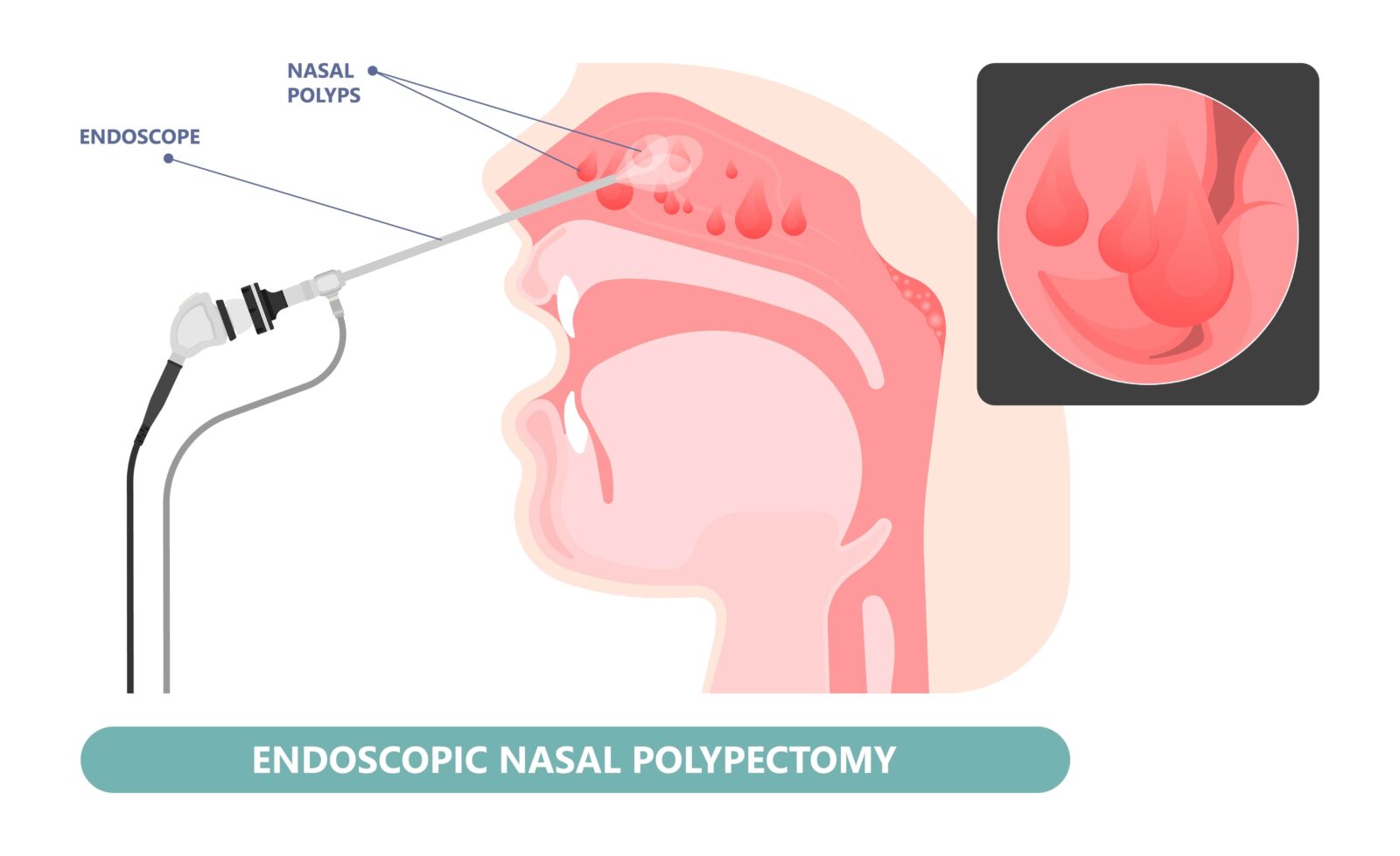
When nasal polyps cause significant discomfort or interfere with breathing, surgical intervention may be necessary.
Endoscopic Sinus Surgery:
In this procedure, the surgeon uses an endoscope to view the nasal passages and sinuses. Specialized instruments are then used to remove the polyps and any other obstructions. This surgery not only removes the polyps but also opens up the sinuses, promoting better drainage.
Post-surgery, patients may be prescribed corticosteroid nasal sprays to reduce inflammation and prevent the recurrence of polyps.
In Conclusion
Nasal polyps can be a source of discomfort and inconvenience. Understanding their causes and symptoms is crucial for timely diagnosis and treatment. While medications can help reduce the size of the polyps and alleviate symptoms, surgical solutions offer a more permanent solution for larger, persistent growths. If you suspect you have nasal polyps, it’s essential to consult with an ENT specialist for a proper diagnosis and treatment plan.
